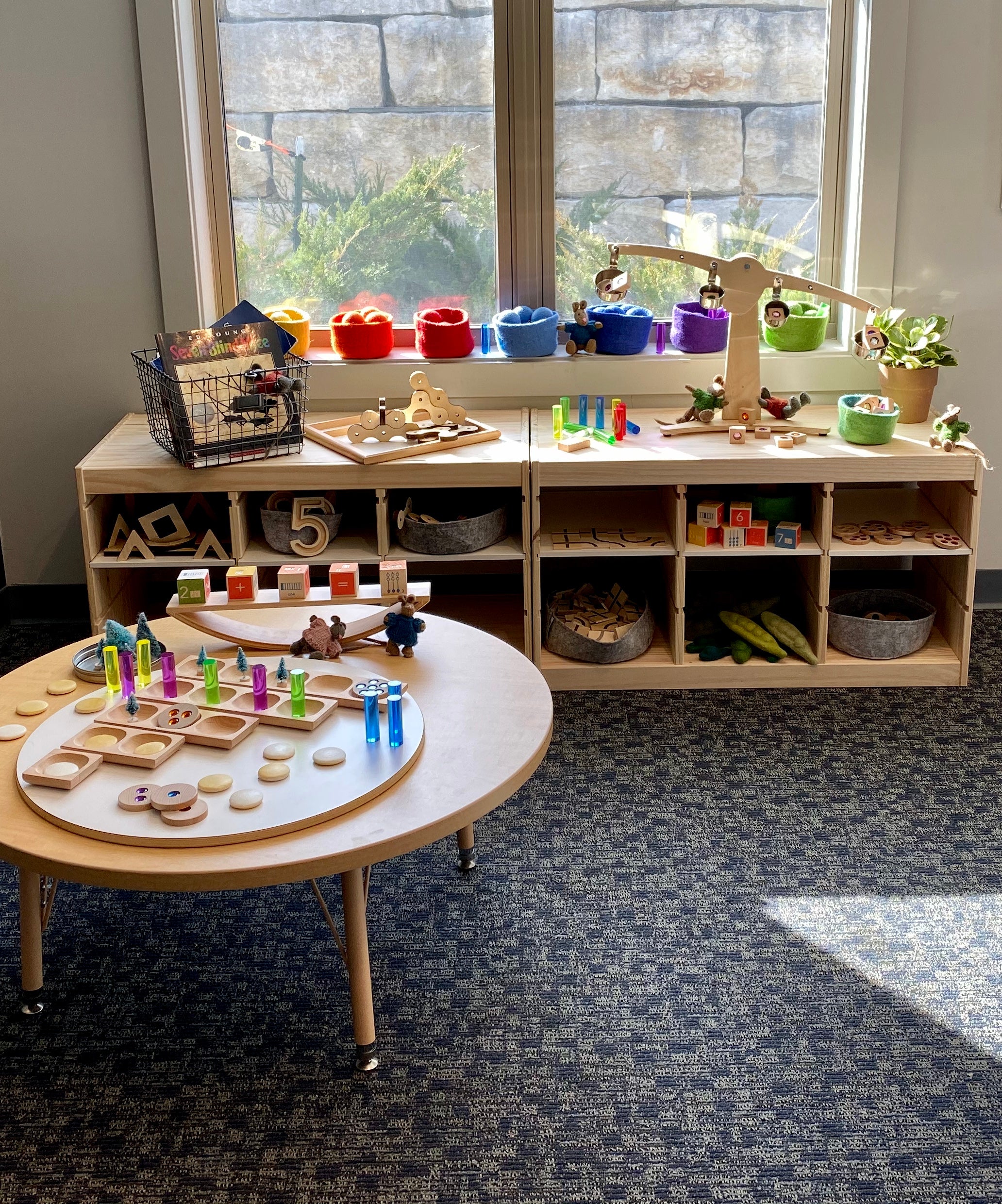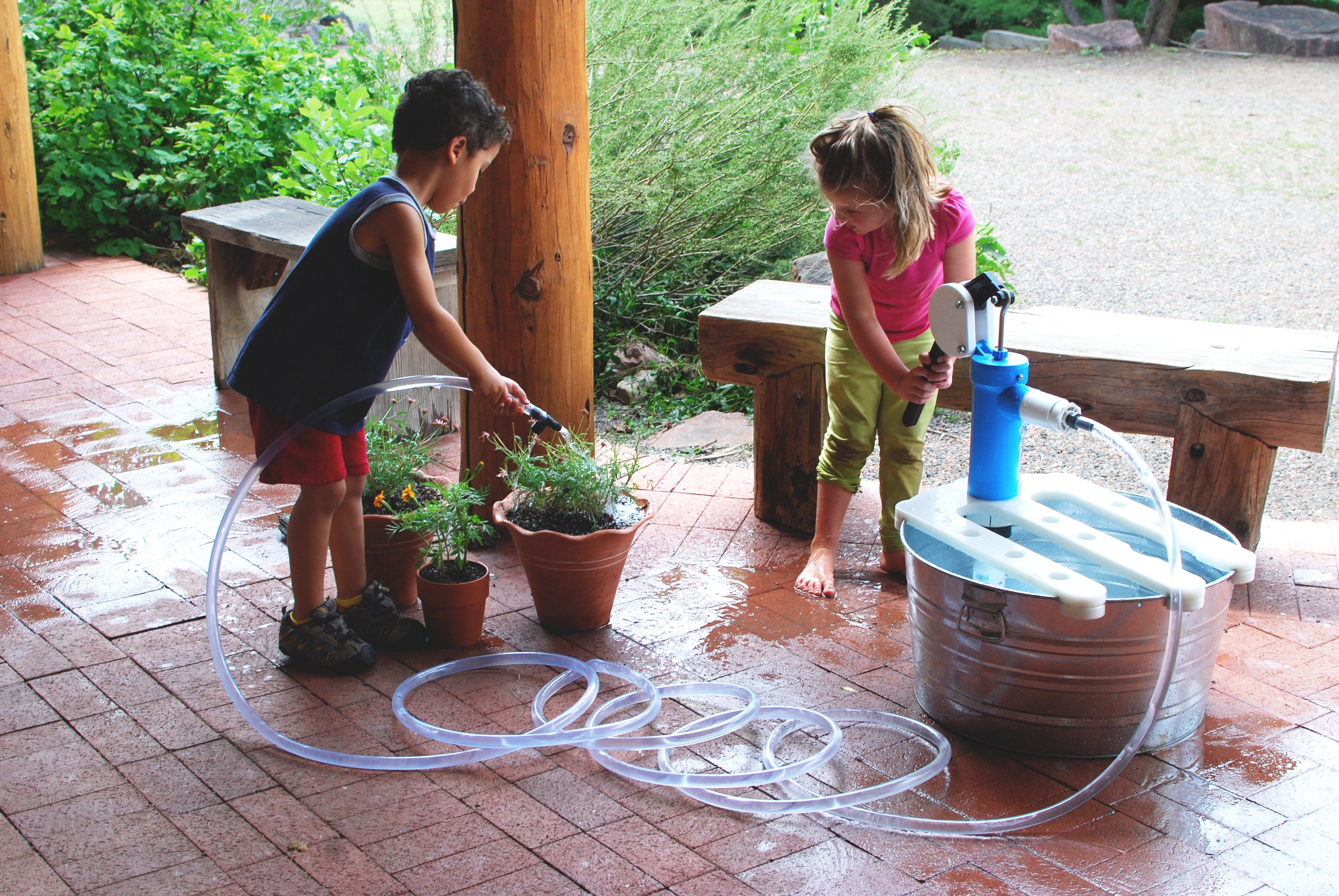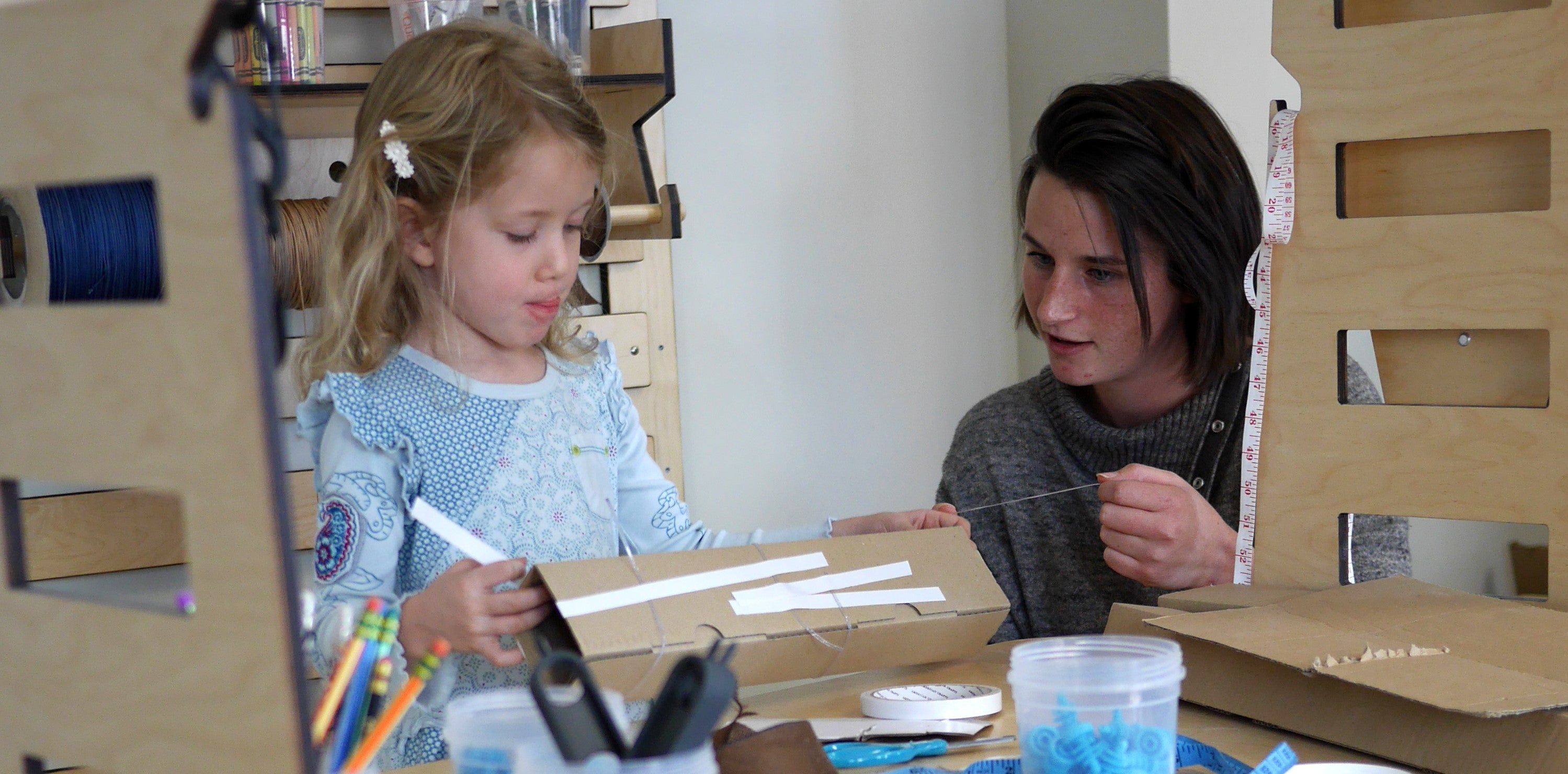Maintaining interest and engagement in the math area can be challenging. But we want to help! Let’s take a quick look at how to re-set your Math area!
1. Start Fresh - Setting up a new space or even refreshing a space starts with a clean slate. Allow yourself the time to clear the space, wipe and clean the shelves, and sanitize all of the materials. Remove anything with missing or damaged parts.

2. Identify and Organize - This is a great time to identify what materials you have available and get organized! Some materials might be hiding in plain sight in another part of your environment. Think about your art area (pom poms, pipe cleaners), natural elements from your science or discovery space (seashells, pine cones) or a colleague’s materials that you can borrow.

3. Use Now or Use Later - Once you have collected all of the math materials based on objectives and/or categories, think about which ones should be displayed now and/or saved to rotate out at another time.
4. Display Materials - Arrange items on the shelves with intention. Consider the following as you group materials:
- Curriculum Connections
- Interests of the Children
- Assessment Tools
- Math Objectives (Sorting, Patterning, Number Sense, Spatial Relationships, etc.)

5. Connect to Curriculum - Include other materials that are connected to other areas of the curriculum. This can be accomplished by displaying literacy books that support math and/or having notepads and pencils available.
Now, let’s take a deeper dive into the ‘Why’ of the materials you are selecting for your area.
1. Interests of the Children - What have the children shown an interest in lately? Making considerations to the materials available that meet the children’s interests is a great start! For example, if they have shown interest in vehicles, consider the following as fun math accessories:
- Wheels Pack (or something similar!)
- Various Keys - ask parents to bring in old keys!
- Literacy Books

2. Curriculum or Topics of Interest - Make consideration of the curriculum that you are using. Are there supplemental materials or studies that can correlate with the new math area? Further, what topics of interest might assist you in making the connection to refreshing your math area?
3. Extend the Learning - What other materials could be placed in the area to extend the learning in the math area? Make consideration of adding paper and pencil to encourage children to use their fine motor skills to document what they are doing while engaging in the space. Also, consider the various developmental ages of the children you have in your environment. How might you scaffold the learning?
4. Environmental Rating Scales - If your program uses the environmental rating scales, ensure that you are incorporating materials that are listed in the math subscales and that you have ‘many’ available for a ‘good to excellent’ score.

5. Assessments - Last but not least, don’t forget to make consideration of any other assessment tools you are using.
- Take a glance through the standards
- Consider any child assessments and look through any observation records.
Follow Kodo on social media for more ideas and resources, and tag us on social #kodokids #kodokidsusa




Share:
Ramp Investigations - More Than Just a Book
Kodo + Teaching Strategies